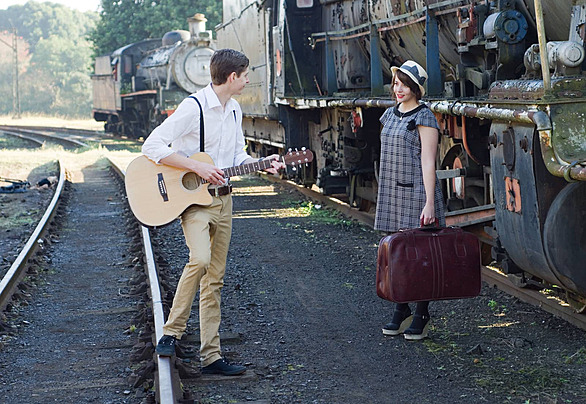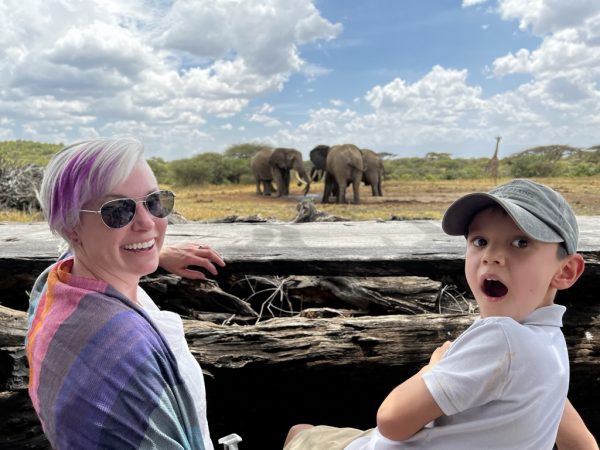Desert Art Installations in Nevada Where Imagination Meets the Infinite
There’s something magnetic about the vast, empty, and eternal desert. Now imagine planting a colossal mirror sculpture in that silence, or constructing a temple meant to burn under the stars. Welcome to Nevada’s desert art installations, where gallery walls don’t confine creativity, and the sand becomes a canvas for the surreal.
From the ephemeral magic of Burning Man to permanent works tucked between dunes and mountains, Nevada has evolved into one of the most unexpected hubs of large-scale outdoor art in the U.S. This article explores the wild, weird, and deeply intentional world of desert art installations, where scale, symbolism, and community collide under the open sky.
The Desert as a Canvas: Why Nevada?

Nevada isn’t just dry land it’s a cultural oasis for avant-garde expression. With its vast stretches of uninhabited land, minimal light pollution, and a spirit of freedom woven into its geography, it naturally attracts artists looking to break boundaries.
The desert removes distractions. There’s no Wi-Fi to interrupt a thought, no building codes to restrict a dream. What emerges instead is pure vision often enormous, sometimes strange, and always impactful. Here, art becomes an experience rather than an object.
Burning Man: The Crown Jewel of Ephemeral Art
Burning Man isn’t just an event; it’s a temporary civilization built on radical creativity. Held annually in Nevada’s Black Rock Desert, it draws artists, architects, technologists, and dreamers from around the world. They don’t just show their work, they build it, live in it, and often destroy it.
Iconic Installations from Burning Man:
- The Temple: A sacred space that changes every year and is burned in silence on the final night.
- The Man: The central effigy, a symbol of unity and impermanence, also burned at the festival’s end.
- Mutant Vehicles: Art cars that look like dragons, spaceships, or mobile nightclubs, roaming the playa like creatures in a mythic story.
These installations are often collaborative and interactive, with visitors encouraged to climb, write messages, or even leave offerings. What exists in Black Rock City is intentionally fleeting art as an act of participation and release.
Seven Magic Mountains: Neon totem poles in the Mojave
Just outside Las Vegas, artist Ugo Rondinone’s Seven Magic Mountains stands like a fluorescent mirage. These 30-foot-tall stacks of painted boulders glow against the muted desert backdrop, creating a visual paradox of natural and artificial beauty.
Though originally intended as a two-year installation, the popularity of these rainbow towers has kept them standing well beyond their planned lifespan. They symbolize the tension and harmony between human intervention and untouched landscape.
Photographed endlessly on Instagram, they’ve also sparked a conversation about the accessibility of public art and how remote installations can still go viral in the digital age.
City by Michael Heizer: Monument to the Sublime
Hidden deep in the Nevada desert is one of the largest sculptures ever created by a single artist. City, by land artist Michael Heizer, spans over a mile and took nearly 50 years to complete. Inspired by ancient ceremonial cities, it’s a silent monolith to minimalism, geometry, and solitude.
Unlike the playful vibe of Burning Man, City is solemn. It isn’t designed to be touched or climbed. Visitors must apply for permission, and only a few are allowed each year. The sheer scale forces you to confront time, silence, and human ambition in the face of eternity.
This is desert art as philosophy.
Goldwell Open Air Museum: Art Ghosts of Rhyolite
Near the ruins of the ghost town Rhyolite, a strange and beautiful collection of sculptures looms in the sand. The Goldwell Open Air Museum is an evolving space where art and decay co-exist.
Notable pieces include:
- The Last Supper by Albert Szukalski – A ghostly recreation using fiberglass shrouds that glow eerily at sunset.
- Lady Desert: The Venus of Nevada – A pixelated sculpture of a nude woman that blends classical reference with digital-age form.
- Ghost Rider – A faceless figure on a bike, frozen in motion, like a relic of a dream.
The museum captures the weirdness and wonder of desert art accessible 24/7, haunting, and free to the public.
The Integration of Technology and Light
Many newer desert installations are experimenting with light, sound, and motion, especially during nighttime events. Solar-powered LEDs, projection mapping, and motion sensors have transformed these pieces into immersive experiences.
For example:
- Pulse & Bloom: A Burning Man favorite, where flowers light up in sync with your heartbeat.
- Illumina: A massive crystal tower installation that responds to voice and touch.
Technology adds a layer of interactivity that feels almost magical in the stark emptiness of the desert. It’s like the art itself is alive, and the desert is listening.
Community, Ritual, and Collective Memory
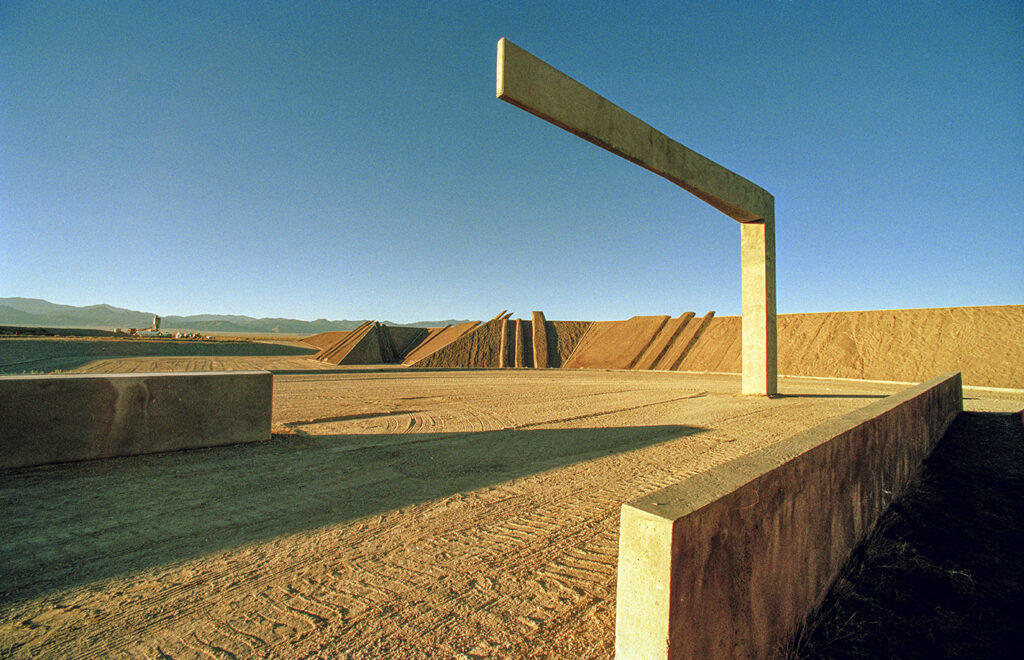
What sets Nevada’s desert art scene apart is its community-centric approach. Many installations are built by collectives, funded through crowdfunding, and involve hundreds of hands.
Art becomes ritual, building the temple, watching it burn, leaving a message in the sand. These acts create memory not through permanence, but through shared impermanence. It’s not about preserving the past but living fully in the present.
Environmental Considerations and Controversies
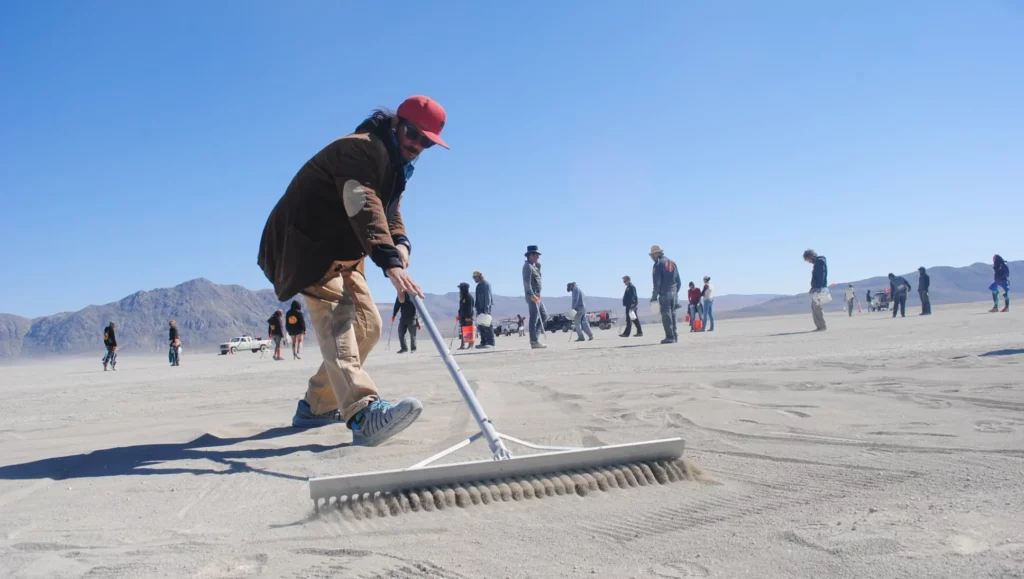
Of course, placing massive artworks in delicate ecosystems comes with consequences. Some critics argue that even temporary installations disrupt wildlife or leave micro-trash behind. Projects like Leave No Trace and MOOP (Matter Out of Place) patrols at Burning Man attempt to mitigate this.
More artists are choosing to work with natural materials, solar power, and biodegradable components to keep the desert as wild as it was before they arrived.
Hidden Gems and Lesser-Known Installations
Beyond the famous names, Nevada’s deserts are full of secret sculptures and micro-installations. A few worth the dusty drive:
- International Car Forest of the Last Church (Goldfield) – Dozens of cars buried nose-first in the sand, turned into canvases for street art.
- Rocketbuster (Beatty) – A rocket sculpture made from scrap metal, surrounded by painted signs and pop-art flair.
- “The Squid” near Black Rock – A welded cephalopod with fire-spouting arms, built for a single desert gathering.
These works may not make headlines, but they speak to the heart of Nevada’s desert art scene: spontaneous, strange, and often anonymous.
Planning Your Desert Art Pilgrimage
If you’re inspired to explore Nevada’s desert art firsthand:
- Burning Man: Held every August–September, but requires advanced registration and preparation.
- Seven Magic Mountains: Just 20 minutes south of Las Vegas, free and always open.
- Goldwell Museum: Near Beatty, no ticket needed. Visit at golden hour for maximum drama.
- City by Heizer: Access is limited and must be reserved far in advance.
- Road conditions: Always check local weather and bring plenty of water, fuel, and a GPS backup signal is rare.
Why It Matters: Art in the Age of Noise
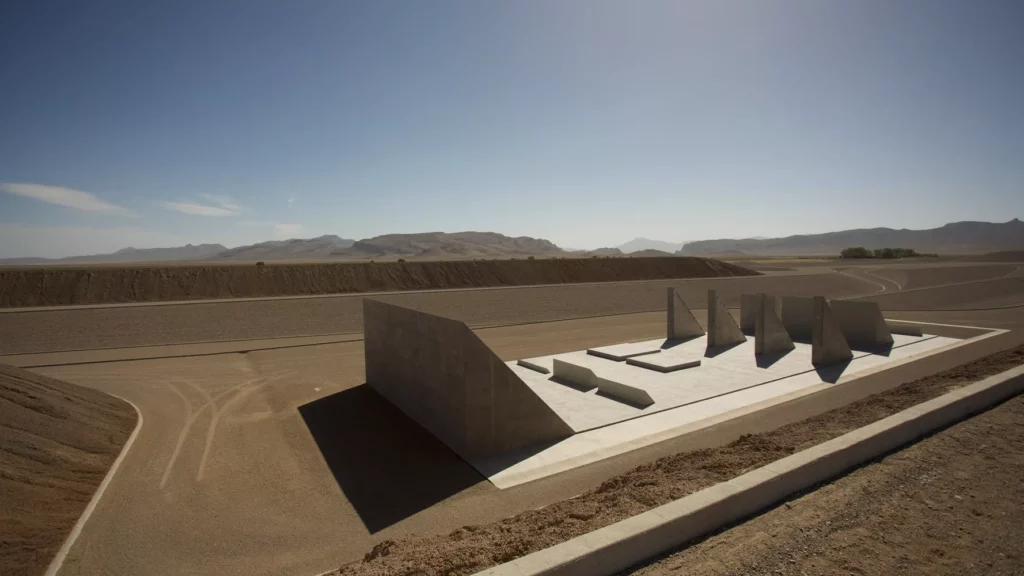
In a world overflowing with screens and noise, desert art offers quiet confrontation. It invites us to feel small, to reflect, and to let go. The very act of driving for hours to see a sculpture in the middle of nowhere becomes part of the artwork itself.
These installations challenge the idea of permanence, value, and what it means to be moved by art. Whether it’s a rainbow of boulders or a burning temple, desert art in Nevada isn’t just about what you see; it’s about what you bring back with you.
So pack your curiosity. Leave expectations behind. And let the Nevada desert show you what happens when art finally has room to breathe.


